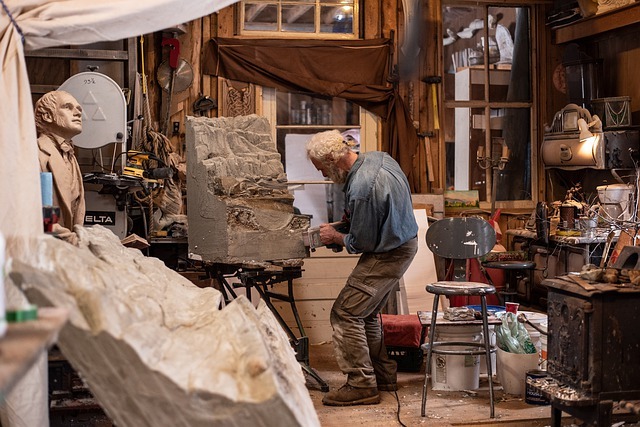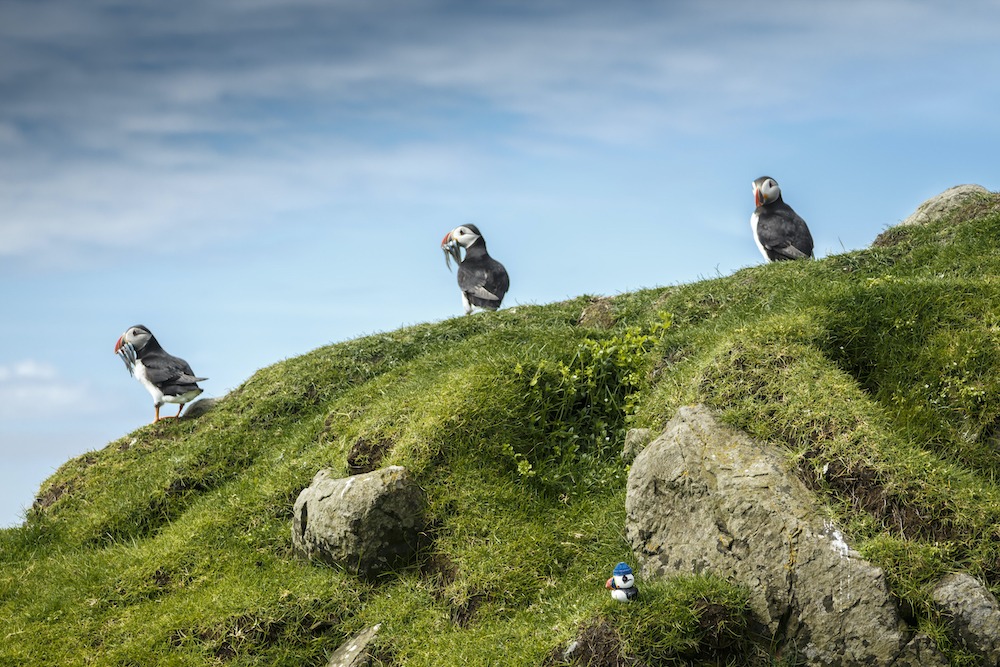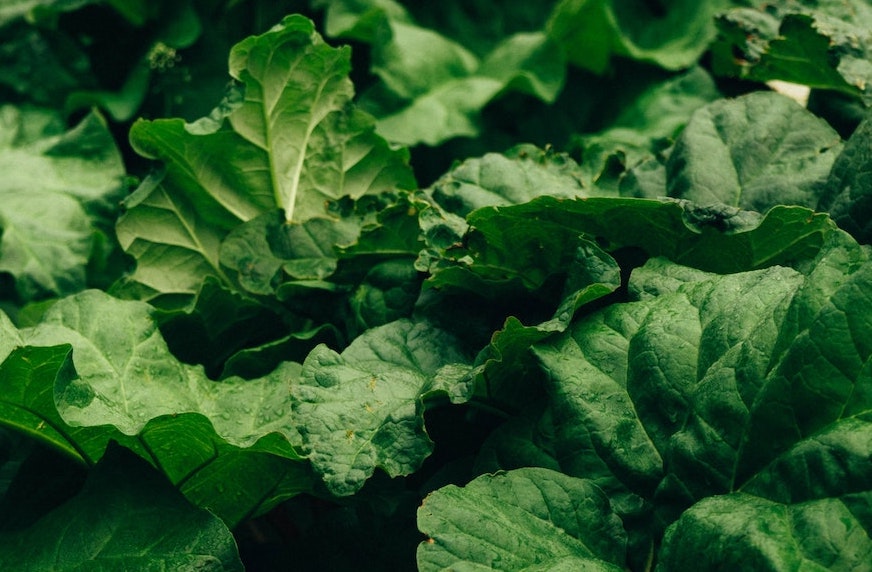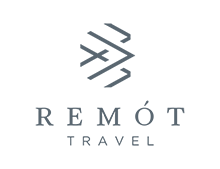The Faroe Islands have a rich history, stretching back more than a thousand years. According to historians and archeologists, the first settlers were 7th century Irish Monks, who described, upon arriving on the shores the “Islands of the sheep and Paradise of Birds.” Later, Vikings settled the Faroes, after which the islands changed hands many times; becoming constituents of various kingdoms, including the Kingdom of Norway, the Kalmar Union, and the Kingdom of Denmark. More recently, the islands have seen robust growth in export-oriented fishing industry, which together with salmon farming, amount to an excess of 90% of the Faroese export. Click the header to read more.


Anyone who visits the Faroe Islands would recognize the rich cultural legacy of the country. Some of our hallmark festivities include the wearing of ornate regional costumes at our National Holiday of Ólavsøka, traditional game hunting, cheerful chain-dancing, and a bustling art scene comprising music, visual arts, and literature. Click the header to read more.
The 7th century Irish Monks' description of the Faroes as “The Islands of the Sheep and the Paradise of Birds," remains apt to this day. Home to millions of birds, a sheep-population that outnumbers humans by roughly a factor of two, mountains teeming with hares and so many fish that they form the center of a developed nation's economy. The Faroe Islands is an alive and thriving land. Click the header to read more.


Fermented fish, dried lamb, aged beef, salted fish. Faroese cuisine is rich in variety and truly unique in flavor. While much of Faroese cuisine is appreciated by travelers, foods such as fermented fish, dried lamb, and blood sausage require some courage from first-time eaters. That said, the Faroe Islands host a dynamic gastronomic scene and in recent years chefs and restaurateurs across the globe have experimented with their own variations on our traditional fare, e.g. Faroese tapas, Faroese sushi, and much, much more.
The Faroe Islands - see for yourself
What Our Customers Say




